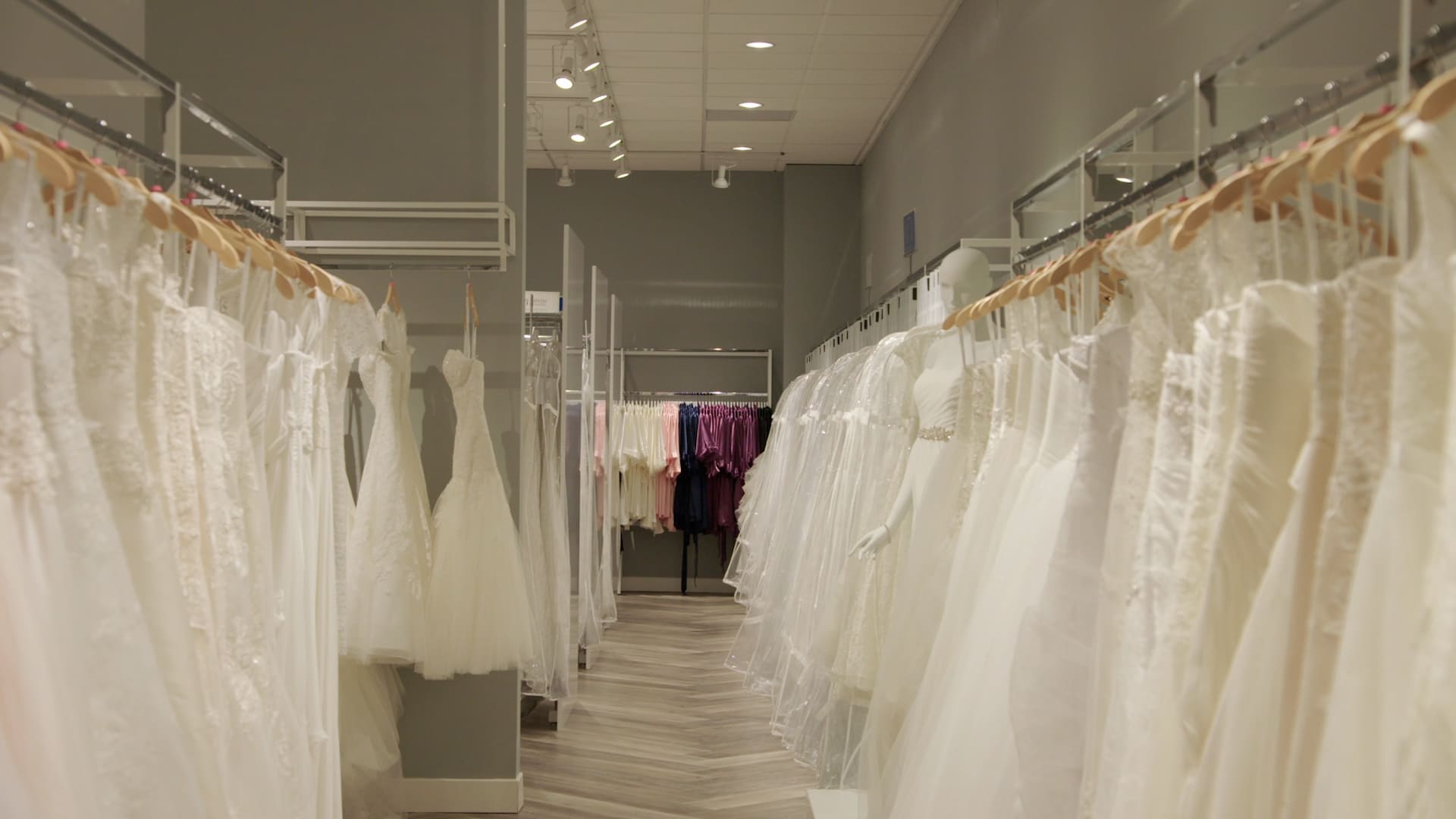
The bridal industry, often seen as a bastion of romance and celebration, is facing an unexpected adversary: trade tariffs. What began as a political maneuver has now rippled into the delicate fabric of wedding planning, leaving bridal boutiques scrambling and brides-to-be reevaluating their budgets. With over 90% of U.S. bridal gowns manufactured in China, the Trump-era tariffs—now reaching a staggering 145%—have turned imported lace and tulle into financial landmines. The consequences? A perfect storm of rising costs, strained small businesses, and couples forced to make tough choices about their “big day.” This isn’t just about dresses—it’s about how geopolitical decisions deflate the bubbles of everyday dreams.
The Small Business Squeeze
Family-owned bridal shops, the heartbeats of Main Street America, are bearing the brunt. Take the 57-year-old boutique owner in East Dundee, Illinois, who slashed her own salary to keep the doors open—a scene playing out nationwide. These businesses operate on razor-thin margins, where a single gown’s price hike of hundreds of dollars can erase an entire season’s profits. Prom dresses, another casualty, now cost $79 more overnight, squeezing retailers who rely on volume sales. The irony? Many shops stocked inventory pre-tariff, delaying the pain—but when those shelves empty, the reckoning begins. Some are pivoting to consignment or rentals, but for others, it’s a countdown to closure.
Consumer Calculus: Dream vs. Debt
Brides aren’t just sweating the walk down the aisle—they’re sweating the math. With the average wedding already costing $33,000 (per The Knot’s survey), tariffs add insult to injury. Imagine explaining to a fiancé that the Vera Wang gown now costs more than the honeymoon. Some couples are downsizing ceremonies; others are hunting for “orphaned” sample sales or buying secondhand. The psychological toll is real: when financial stress infiltrates a ritual meant for joy, the industry’s very ethos wobbles. And it’s not just dresses—tariffs on flowers, chocolate, and vanilla mean florists and bakers are passing costs to couples, turning wedding planning into a game of budgetary Jenga.
Supply Chain Roulette
The long-term playbook is murky. Diversifying supply chains sounds logical—until you realize domestic production lacks the scale (and skilled labor) to replace China’s output overnight. Vietnam and India are alternatives, but tariffs could follow there too. Meanwhile, designers face a catch-22: absorb costs and bleed profit, or raise prices and risk alienating customers. Some boutiques are betting on “slow fashion” narratives, marketing fewer, higher-quality gowns—but that’s a luxury many budget-conscious buyers can’t afford. The real “bubble” here? The assumption that globalization’s benefits were irreversible. Now, as tariffs linger, the industry’s survival may hinge on reinvention—or waiting for a political détente.
The bridal industry’s turmoil is a microcosm of trade wars’ collateral damage. From boutique owners cutting paychecks to brides scrolling resale apps, the human cost of tariffs is etched in sequins and silk. Whether through innovation, policy shifts, or sheer grit, one thing’s clear: love might be priceless, but weddings? They’ve got a tariff-shaped asterisk now. *Pop* goes the bubble.






